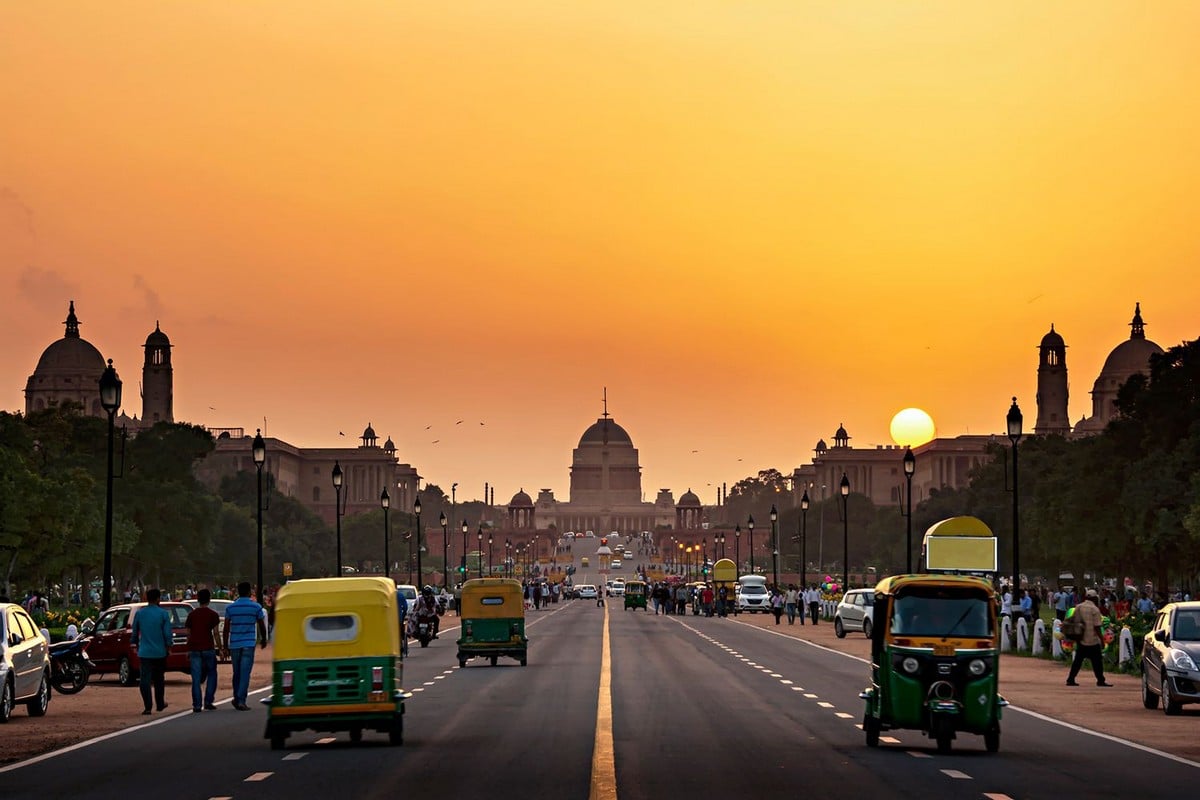India occupies mostly Southern Asia. It is separated from the rest of continental Asia by the beautiful Himalayas, surrounded by water on three sides. Geographically, India ranks 7th among the world’s biggest countries but is the 2nd most populous country next to China. India has been a cultural and historical center for centuries, and its many different landscapes and ethnic groups have earned its international renown. Between 2600 and 2000 BCE, the Indus civilization, an ancient advanced urban society, controlled the northwest region of the Indian subcontinent. That is why the country is called the mother of history and the grandmother of traditions.
India is known for its unique culture, diverse cuisine, languages, natural landscapes, classical dances, and Bollywood. India offers both spectacular mountains and beaches. The country also boasts its 22 official languages, such as Hindi and Bengali. Most major world religions originated in India, building more than 300,000 active mosques.
The History Behind India Today
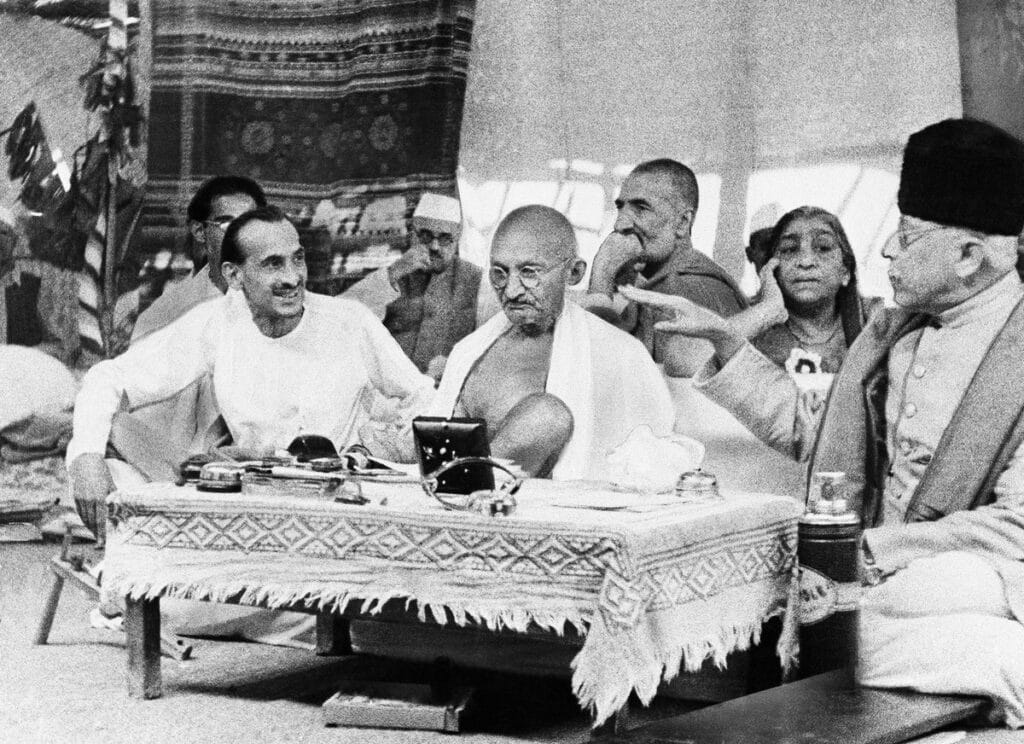
The Dutch, French, Portuguese, Mughals, and British conquered India at various historical points. These exchanges with other countries have had a significant impact on shaping modern India. Although India won its freedom from the British in 1947, the Portuguese held on to Goa until 1961. Moreover, Nizam freed Hyderabad in 1948. Many ancient buildings still stand in India, testifying to the country’s long history and cultural significance. India is home to 30 cultural monuments from 38 recognized World Heritage by UNESCO. Some famous landmarks are the Hawa Mahal in Jaipur, Qutub Minar, the Taj Mahal, and the Sun Temple.
Taj Mahal for Mumtaz
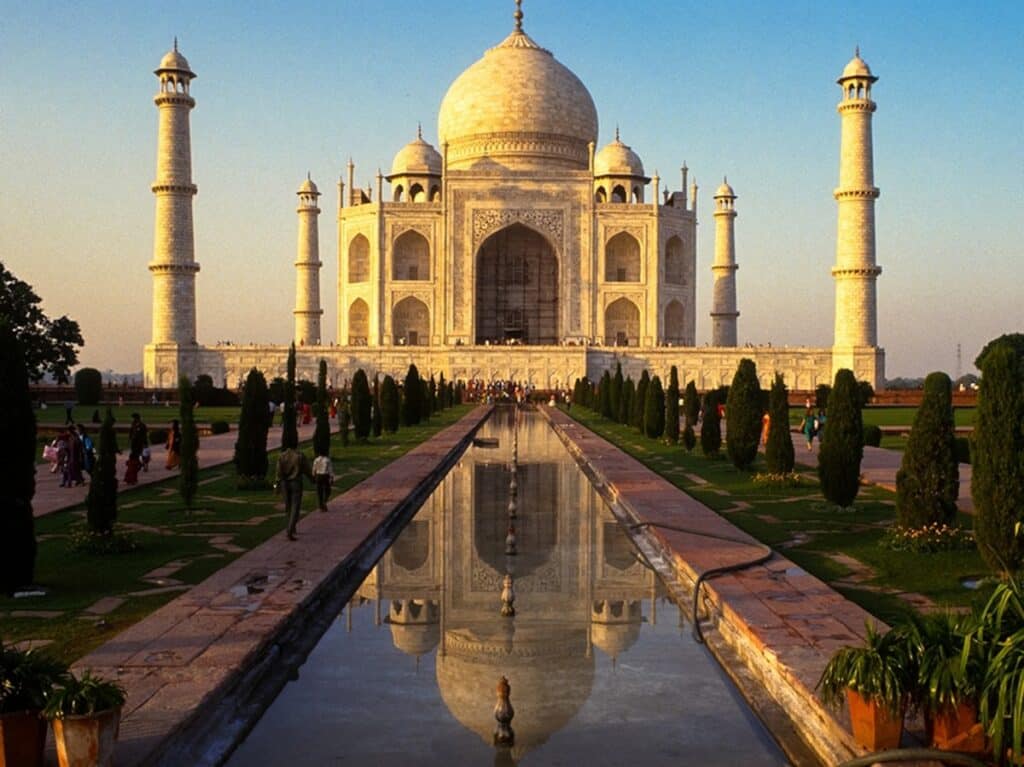
The Taj Mahal is India’s most well-known landmark under the Mughal Empire architecture. In honor of his third wife, Mumtaz Mahal, Mughal Emperor Shah Jahan commissioned the construction of the Taj Mahal out of white marble. This crown of palaces is recognized as one of the world’s seven wonders. It incorporates Persian, Ottoman Turkish, Islamic, and Indian architectural traditions. Twenty-two thousand workers completed it in 17 years. The varied colors of the mausoleum at different times of day are a good representation of the Emperor’s wife’s shifting emotions. It’s rosy morning, milky white in the evening, and golden under the moonlight.
Snakes and Ladders and More Board Games
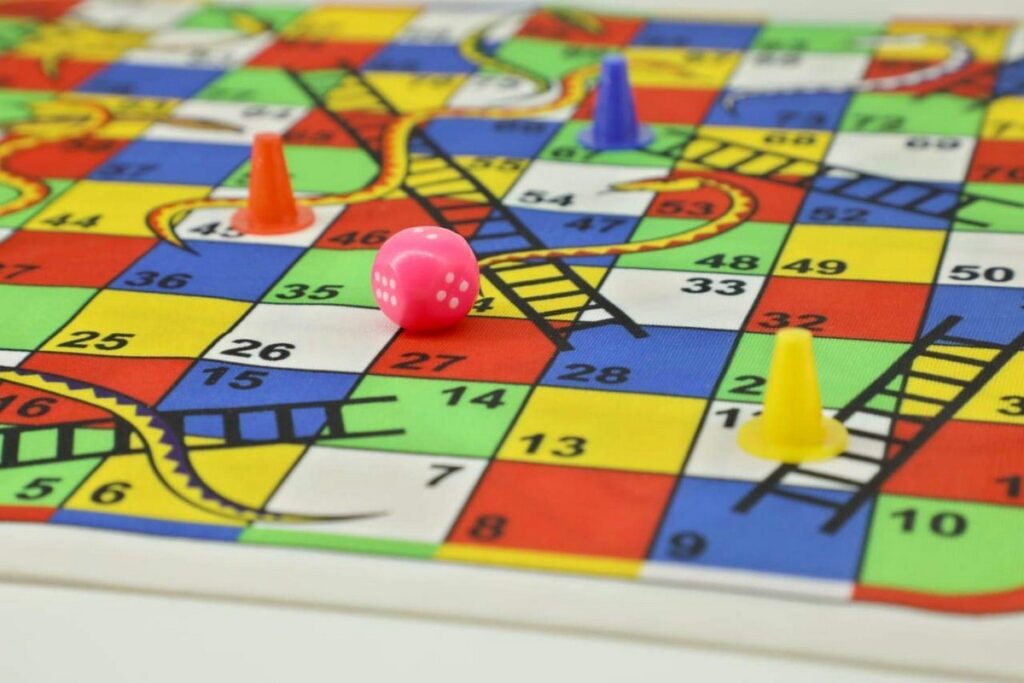
Moksha Patam created Snakes and Ladders in India. He intended the game to serve as a morality tale for kids. The ladder signified positive acts, while the snakes stood for bad. The popularity of this game then spread worldwide and gained variations. The game was first played as Chutes and Ladders in the United States. The Indian strategy game Chaturanga inspired the modern game of chess. It was widespread in India during the 6th century when the Gupta Empire was in power. The game originated in India, spreading quickly to Arabia and Europe.
300,000 Mosques and Counting
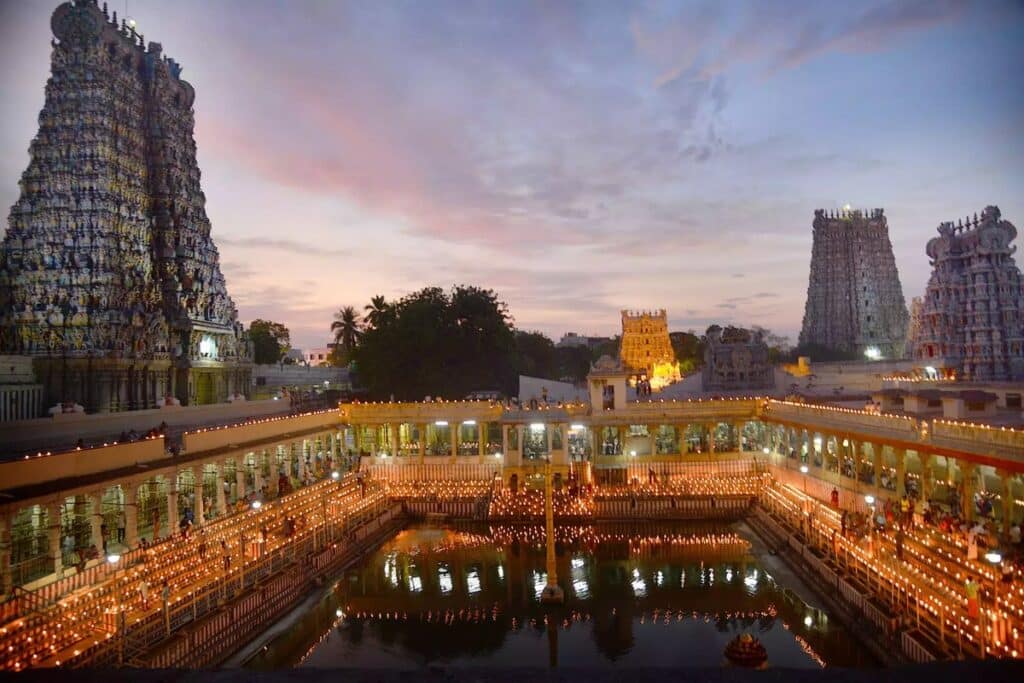
India is home to more mosques than any other country, including Islamic nations, with over 300,000 mosques. Among them, Jama Masjid is among the country’s most well-known. More importantly, it is the biggest mosque in the nation, with space for over 25,000 worshippers. This mosque in Delhi is among the most visited places of worship by Muslims worldwide. You can visit cities like Srinagar, Delhi, Hyderabad, and Bhopal, where most mosques were built. Arab merchants introduced Islam to Malabar and Konkan-Gujarat in the 7th century CE. The first mosque was built in Cheraman Juma in 629 AD.
Wildlife Flourishes in India
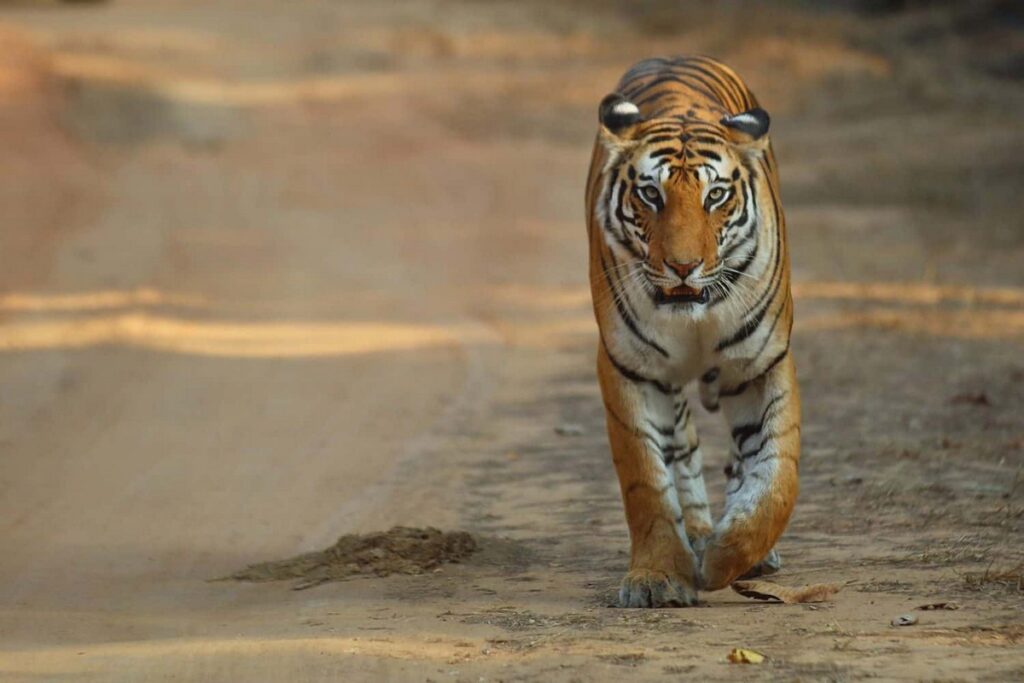
India is home to 70% of the world’s tiger population, approximately 3,000. Its population has more than quadrupled in the previous decade. In India, you may find tigers in several different protected areas. You can visit them in numerous parks, such as Jim Corbett National Park, Bandhavgarh National Park, and Kanha National Park. You can also see the Asiatic lions in Gir National Park in Gujarat. Furthermore, India is also home to the one-horned rhino, which was once endangered. You can visit them in Kaziranga National Park in Assam, their primary habitat. Their successful conservation is India’s great pride.
It Always Rains in Meghalaya
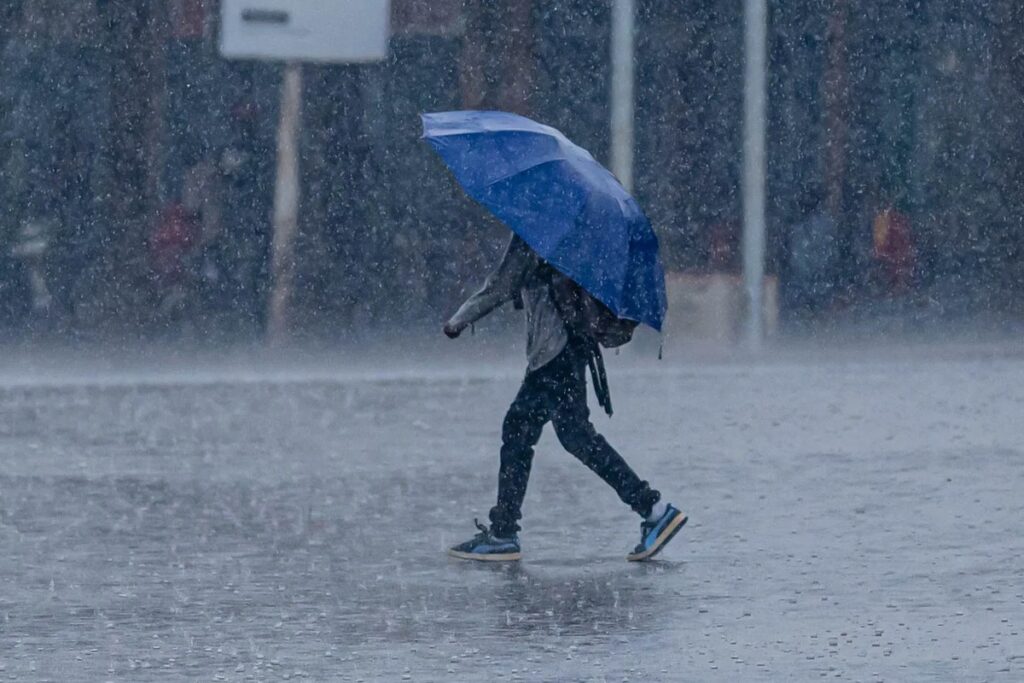
Mawsynram, a tiny village in Meghalaya, is known as the world’s wettest location. It receives 11,872 mm of rain per year on average. Cherrapunji, around 15 kilometers from Mawsynram, another town in Meghalaya, holds the record for the highest rainfall in a calendar year. It got 26,461 mm of rain between August 1, 1860, and July 31, 1861. It does not rain all day in Meghalaya, but it does rain every day. Summer air currents rush across Bangladesh’s steamy flood plains, causing torrential rains. As the winds go north to Meghalaya, they pick up moisture, resulting in almost continual rain.
Indian Cuisine is Nothing but Delicious
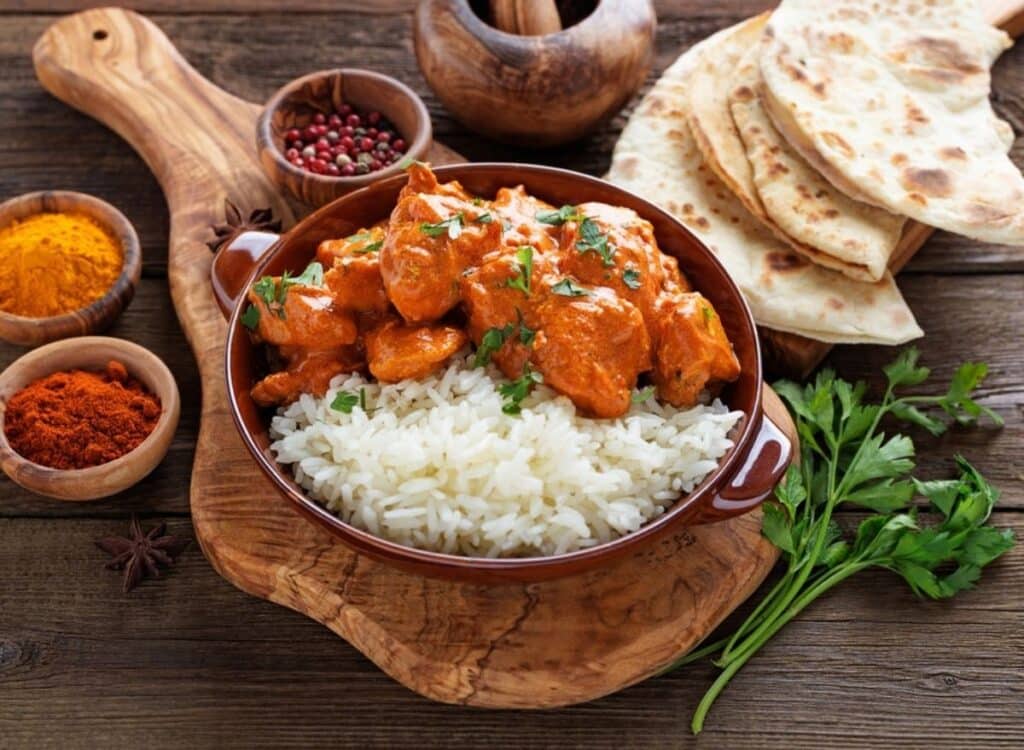
Of all the things India is famous for, it has to be its cuisine. Each of India’s states has its style of preparing its famously flavorful dishes. The cuisines of the nearby states of Tamil Nadu and Kerala, for instance, have distinct yet complementary tastes. Goan cuisine differs from that of neighboring Maharashtra in terms of its essential foods. You can try some of their dishes, such as sambar, fish-curry rice, idli, rajma, and naan. Street foods in India are also a must-try. India’s sweet delicacies and chocolates are also famous, like palkova, gulab jamun, and kheer.
The Nightlife in India

Even though India is known for its spirituality, it doesn’t mean Indians can’t have a good time. India has a thriving and ever-expanding nightlife scene. Some of these cities have lively nightlife scenes, including Delhi, Mumbai, and Bangalore. You may choose from small, cozy taverns to large, multi-story clubs. There are also plenty of cultural performances if you want something more conventional. Although consuming alcoholic beverages is prohibited across some states, you may get restricted permits after a medical examination. Guests from out of state may be surprised that there are designated dry days where alcohol cannot be sold.
The Majestic View of the Mountains
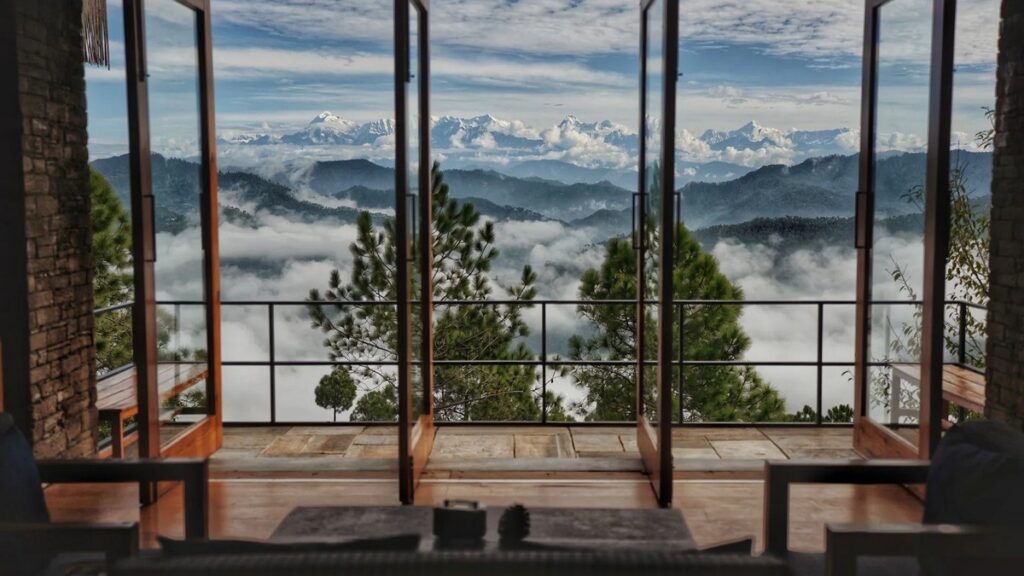
North India is a mountain lover’s dream. You may remain in Rishikesh and see the gushing Ganges or go to Shimla or Manali to marvel at the snow-capped hills. Similarly, Meghalaya is home to Mawlynnong, India’s tidiest village, and two living root bridges. There are also spectacular rock formations. For example, a gorge in Gandikota is known as the “Grand Canyon of India.” In addition, the Himalayan Rock Formation in Leh and the Sholay Rocks at Karnataka are other natural rock formations. You can also visit the Lonar Crater in Maharastra. It was caused by an asteroid 35,000 to 50,000 years ago.
Diamond Was First Discovered in India
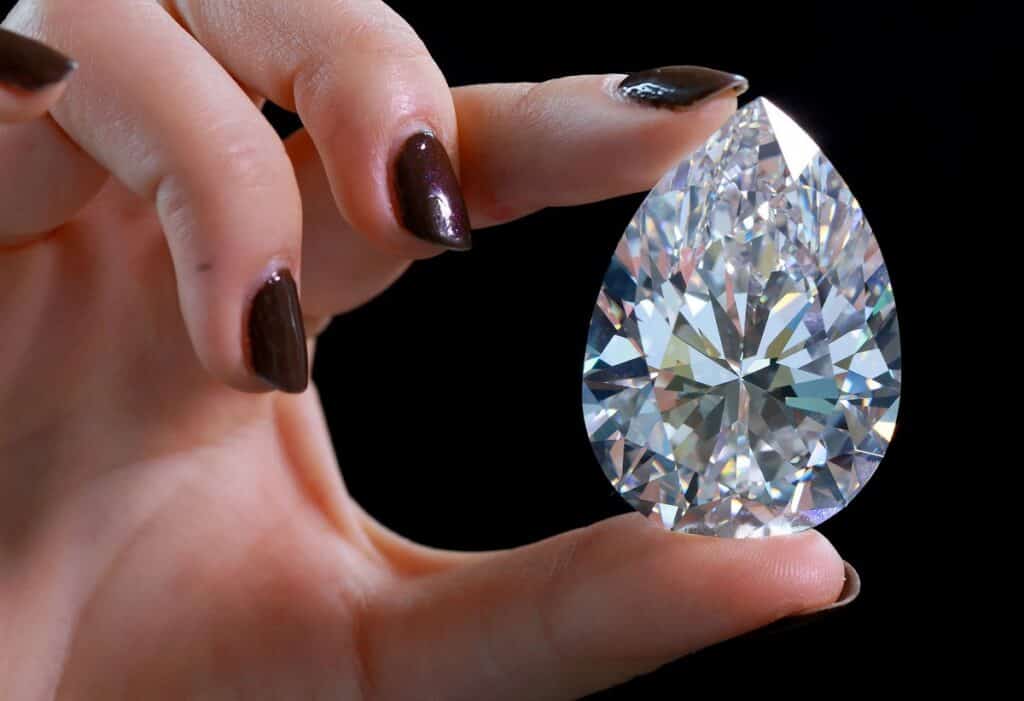
Diamonds are among the rarest and most valuable stones in the world. Before the discovery of diamonds in Brazil in the early 1700s, all of the world’s diamonds came from India. The exact year when Indian diamonds were first recorded is lost to history. However, they were believed to be first mined in the 4th century BC. The Daria-i-Noor, Koh-i-Noor, and Moon of Baroda are just a few renowned diamonds mined in India. The diamond business in India is one of the world’s fastest-growing, and some of the world’s largest diamond firms are now based there.
The Big Four
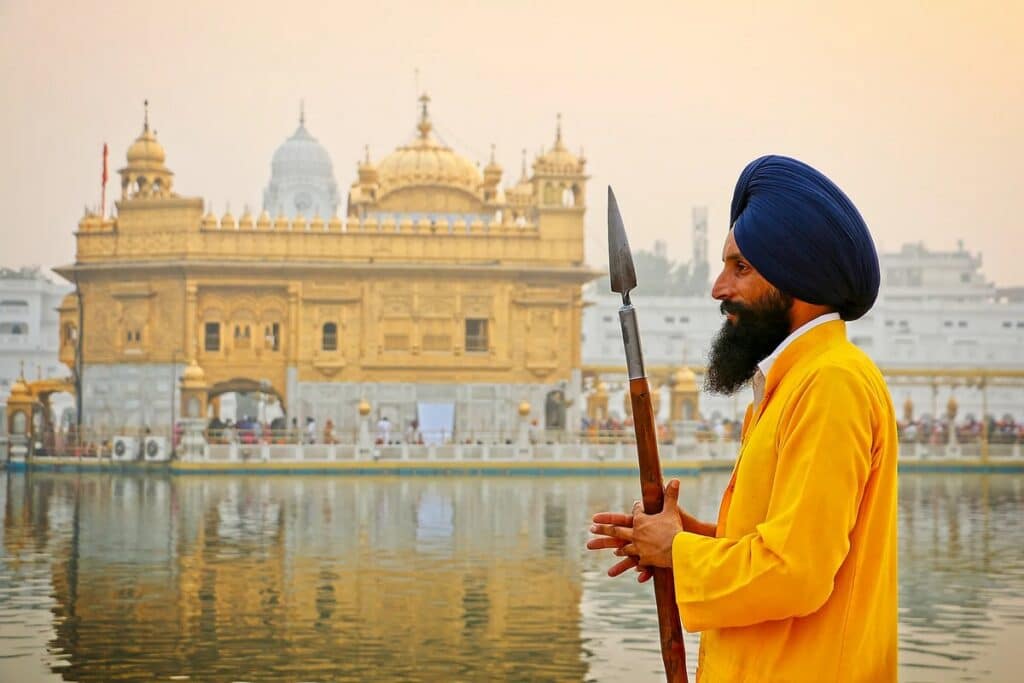
India is the birthplace of four of the world’s major religions – Buddhism, Jainism, Christianity, and Sikhism. Nearly a quarter of the world’s population adheres to one of these faiths. Several locations have several houses of worship coexisting peacefully without violence. Jainism and Buddhism may trace their origins back to the 6th century BC. Sikhism dates back to the 15th century, the time when Guru Nanak Dev established the religion. Siddhartha Gautama founded Buddhism in the 5th century BCE. After six years, beneath a sacred Bodhi tree, Siddhartha Gautama attained enlightenment and became the Buddha.
7,517 Kilometers of Pristine Beaches
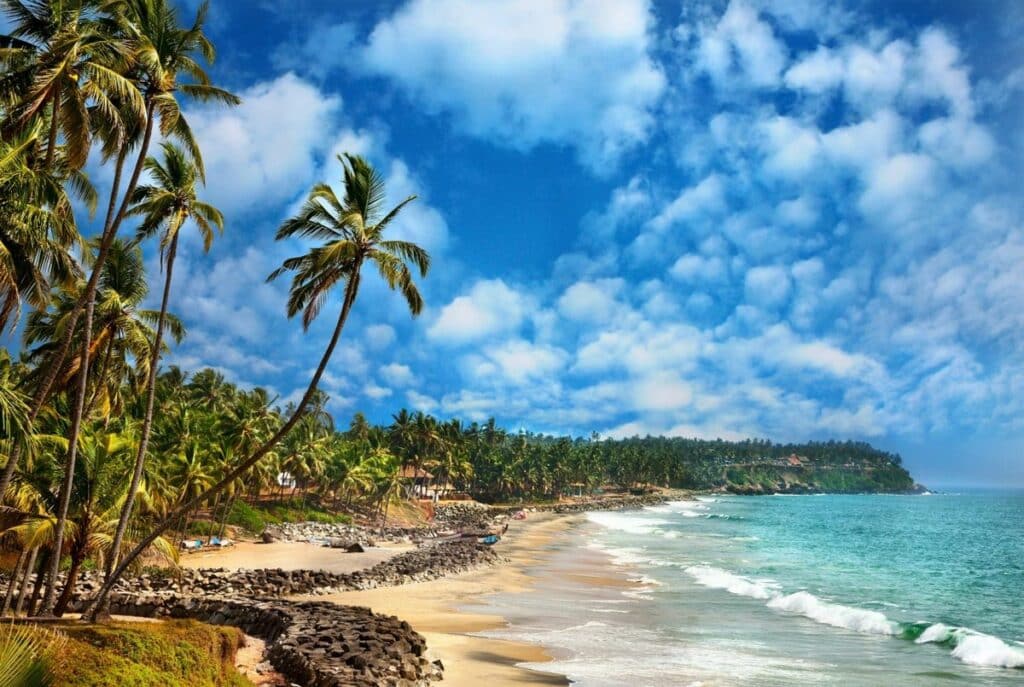
India has a coastline of 7,517 km. Every one of India’s beaches is unique and offers a new experience. There is something for every kind of tourist, from wild parties to water activities, from relaxing to secluded coves. Goa may be the most well-known beach location, but other States in India also provide convenient access to the ocean. Varkala, Mahabalipuram, and Gopalpur are just a few of India’s beautiful beaches. Andaman & Nicobar Islands are also an option with their tourist-friendly facilities. Time magazine named Radhanagar Beach the greatest in Asia and the 7th best in the world in 2007.
India Prides in its Countless Geniuses

The ancient Indians taught us how to count, and most of today’s scientific breakthroughs wouldn’t happen without them. In 628 AD, an Indian mathematician named Brahmagupta was credited with first defining zero. Brahmagupta learned about negative numbers, which reflect the value of debts. Another renowned Indian mathematician, Aryabhata, established conventions for the digit zero in the decimal system. He also provided precise definitions for many trigonometric functions. Sushruta, “the Father of Indian Medicine,” developed cataract surgery in the 6th century BC. Other notable modern Indian scientists include self-taught mathematician Srinivasa Ramanujan, “Human-Computer” Shakuntala Devi, and the philosopher Amartya Sen.
Mahatma Gandhi and His Resolve
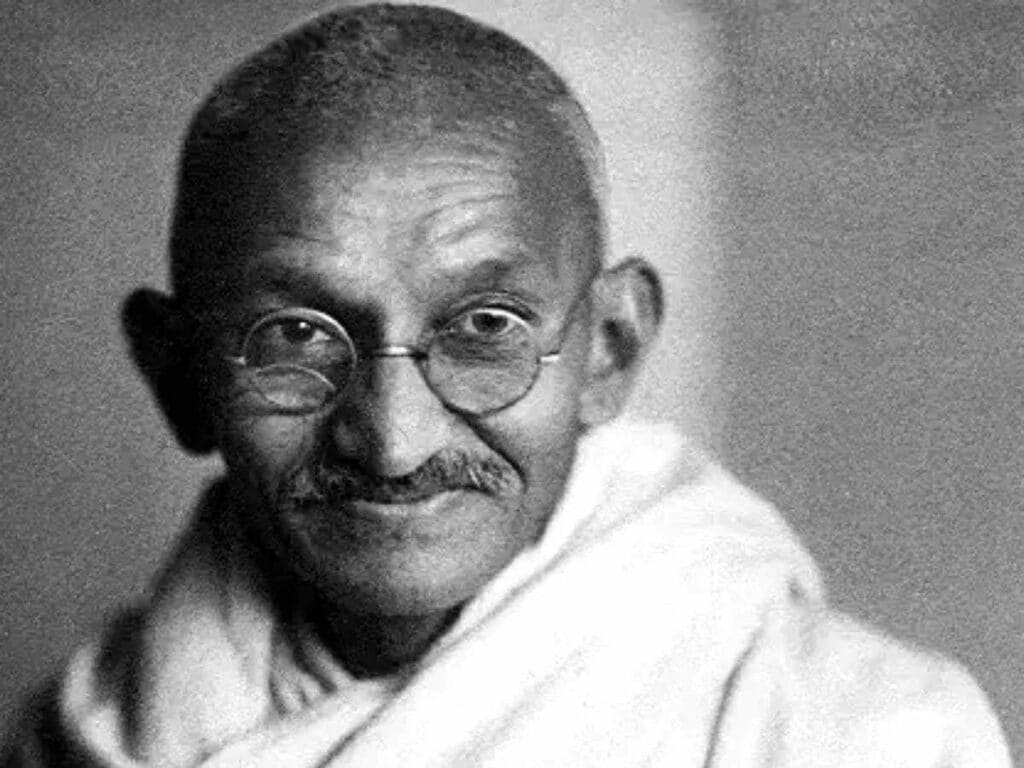
The political and spiritual influence of Mohandas Karamchand Gandhi is one of the century’s most influential figures. In India, he is known as the “Father of the Nation.” He was the first to use Satyagraha, the strategy of mass peaceful civil disobedience, to resist oppression. Gandhi’s statewide initiatives to end discrimination, caste, and poverty and his campaign for women’s rights and ethnic unity helped liberate India. Unfortunately, he spent a lot of time behind bars due to his activism. Fortunately, in 1947 India gained independence from Britain. His prominence has earned him the title of Mahatma, which translates to “great soul.”
Indian Democracy
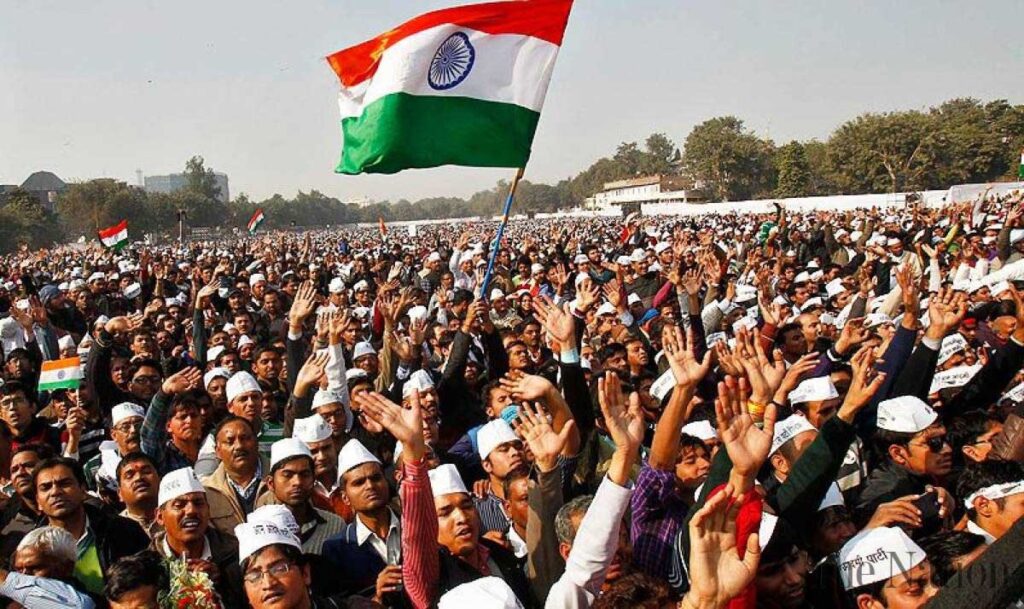
With a total land size of 3.29 million square kilometers, India ranks as the world’s 7th biggest nation. The United Nations estimates that 18% of the global population resides in India. Among the world’s most populated countries, India is the most populous democracy. In the 2019 midterm election, around 911 million people registered to vote. After achieving independence, India granted its women the right to vote. As a result, women participated fully in the voting process for the first time in the general election conducted in 1951. Furthermore, it is the world’s only nation with direct and indirect democracy.
The Famous Bollywood
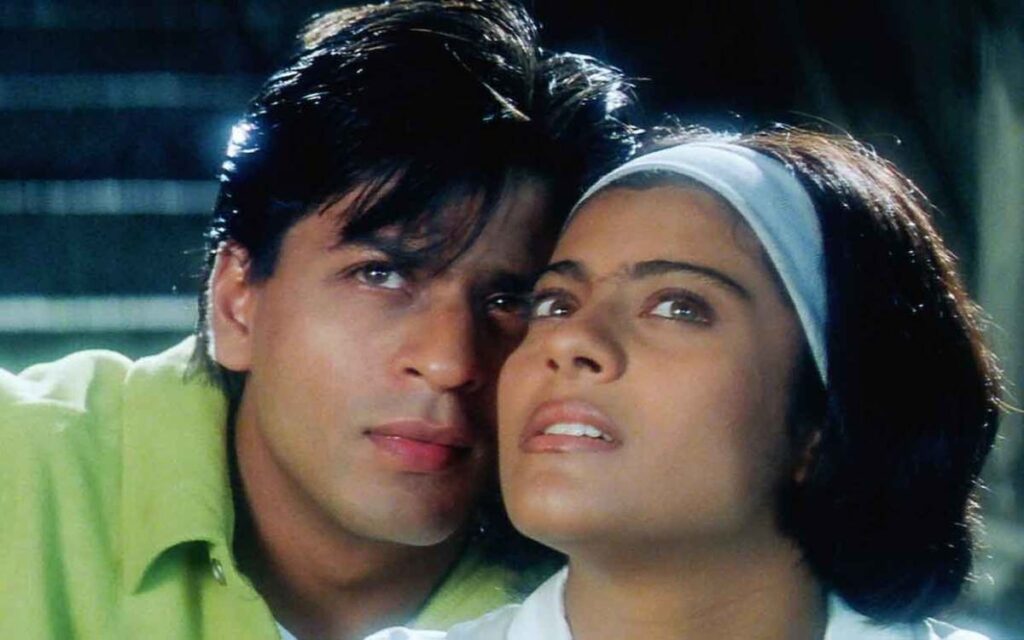
Bollywood is the first thing that usually comes to mind about India. Bollywood movies are entertaining because of their dramatic plots and elaborate musical numbers. Priyanka Chopra, Shahrukh Khan, and Deepika Padukone are some of the most well-known Indian actors. The Indian film business produces more films than any other in the world, between 1,500 and 2,000 movies each year. It is mainly in Hindi and sometimes in other regional languages. Besides Bollywood, there are different film settings, such as Mollywood and Kollywood. South Indian Cinema encompasses all cinema industries in South India, including Tamil, Telugu, Malayalam, Kannada, and Tulu.
Indians Speak 22 Languages

Both English and Hindi are recognized as official languages in India. Even though India has 22 official languages, a census found that there are 19,500 spoken dialects across the nation. This includes Hindi, Santali, Dogri, Bodo, and Konkani. Every few kilometers in India, you’ll hear a whole different language. For instance, the Malayalam spoken in the northern part of the state of Kerala is distinct from the Malayalam spoken in the southern part of the same state. A significant percentage of the population is bilingual or multilingual. India has many dialects because of the massive migrations of people and ethnicities.
Expressing Traditions Through Festivals
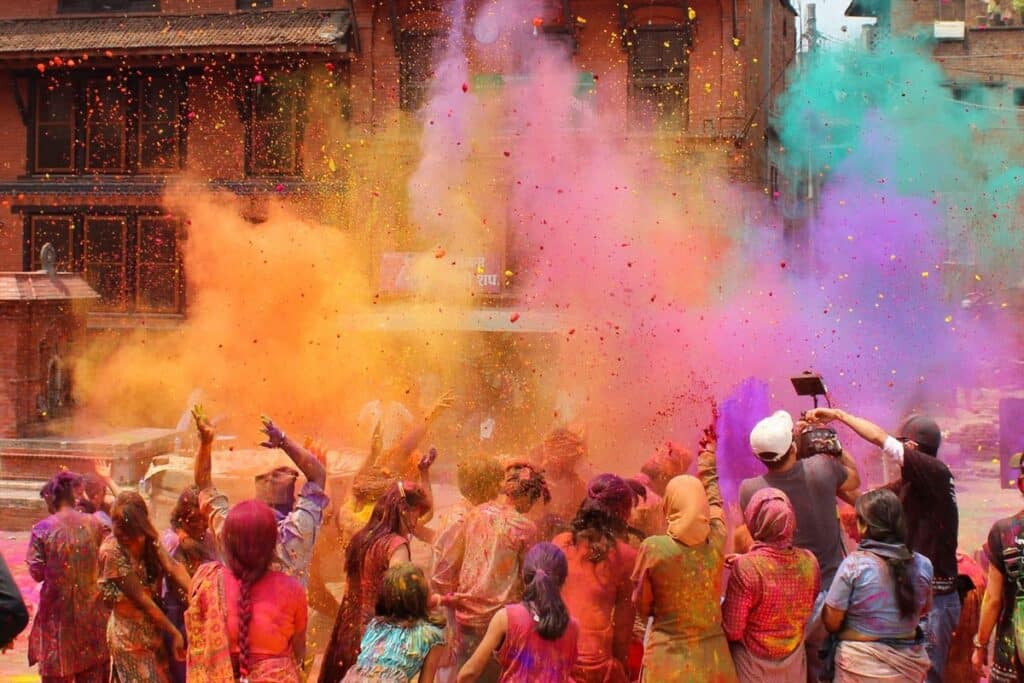
Every family in India merrily celebrates their festivals, including Diwali, Christmas, and Eid. Cities shine brighter than ever, and everyone is cheering and having fun. Diwali is India’s festival of light. Some more well-known celebrations are Durga Puja, Holi, and Ganesh Chaturthi. During Ganesh Chaturthi, devotees worship a Ganesha statue in their homes for ten days. In honor of Durga’s triumph over Mahishasura, Hindus celebrate Durga Puja. Holi is celebrated for the arrival of spring in India and is also known as the festival of colors. If you like mythology and folklore, there’s much to learn about each celebration’s tale.
